Health Benefits of Carob
The rising awareness of health benefits associated with carob consumption appears to be a pivotal driver for the carob market. Carob Market is rich in dietary fiber, antioxidants, and essential minerals, which may contribute to its growing popularity among health-conscious consumers. The Global Carob Industry is witnessing an increase in demand for natural and organic products, with carob being a favored alternative to cocoa due to its lower fat content and absence of caffeine. Market data indicates that the health food sector is expanding, with a projected growth rate of approximately 5% annually. This trend suggests that as more consumers seek healthier snack options, the demand for carob-based products is likely to rise, thereby enhancing the market's growth prospects.
Increased Awareness and Education
The rise in consumer awareness and education regarding the nutritional benefits of carob is a key driver for the market. As more information becomes available about the advantages of incorporating carob into diets, consumers are likely to explore its potential. The Global Carob Industry is benefiting from educational campaigns and marketing efforts that highlight carob's health benefits and culinary versatility. This increased awareness may lead to higher consumption rates and a broader acceptance of carob in mainstream diets. Market data indicates that the health and wellness industry is expanding, with consumers actively seeking out products that align with their health goals. This suggests that as awareness grows, the demand for carob products may also increase, contributing to market growth.
Rising Demand for Natural Sweeteners
The growing trend towards natural sweeteners is influencing the carob market positively. Carob Market's naturally sweet flavor profile, combined with its health benefits, positions it as an appealing alternative to refined sugars and artificial sweeteners. The Global Carob Industry is witnessing a shift as consumers increasingly seek healthier sweetening options in their diets. Market data suggests that the natural sweeteners market is expected to reach USD 2 billion by 2026, reflecting a significant growth trajectory. This trend indicates that carob, with its natural sweetness and nutritional advantages, may capture a larger share of the sweetener market, thereby driving demand and growth in the carob sector.
Diverse Applications in Food Products
The versatility of carob in various food applications is a notable driver for the carob market. Carob Market is utilized in a wide range of products, including snacks, beverages, and baked goods, which may appeal to diverse consumer preferences. The Global Carob Industry is experiencing an increase in product innovation, with manufacturers incorporating carob into gluten-free and vegan products, thereby expanding its market reach. Market data reveals that the gluten-free food market is projected to grow at a compound annual growth rate of 9% over the next five years. This trend indicates that as more consumers adopt gluten-free diets, the demand for carob-based alternatives is likely to increase, further propelling market growth.
Sustainability and Eco-Friendly Practices
Sustainability has emerged as a crucial factor influencing consumer choices, particularly in the food sector. The Global Carob Industry is benefiting from the increasing preference for sustainable and eco-friendly products. Carob Market trees are drought-resistant and require less water compared to other crops, making them an attractive option for environmentally conscious consumers. Furthermore, the cultivation of carob can contribute to soil conservation and biodiversity. Market data indicates that the organic food market is expected to grow significantly, with consumers willing to pay a premium for sustainably sourced products. This shift towards sustainability suggests that carob, as a sustainable crop, may see enhanced demand, thereby driving growth in the market.
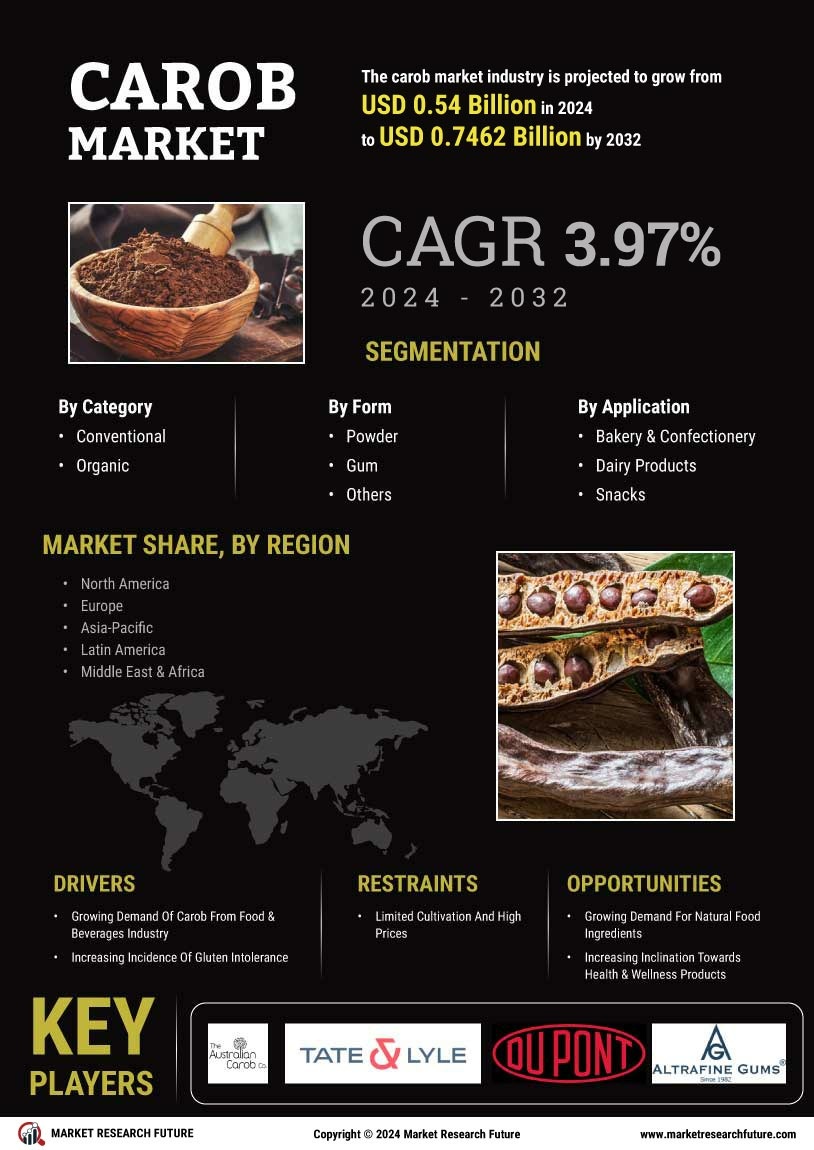

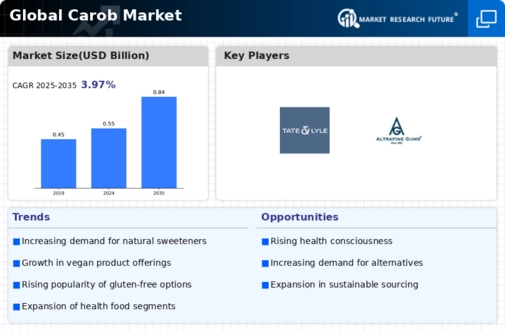

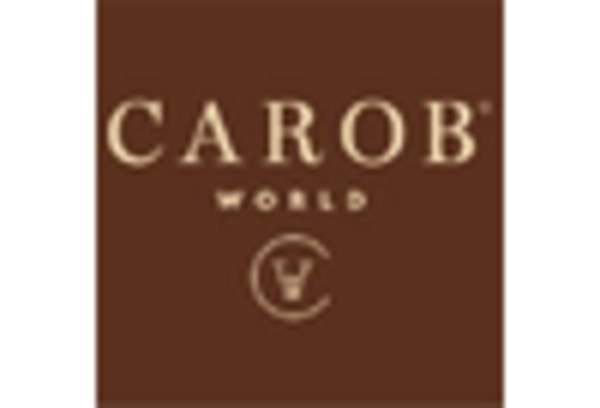
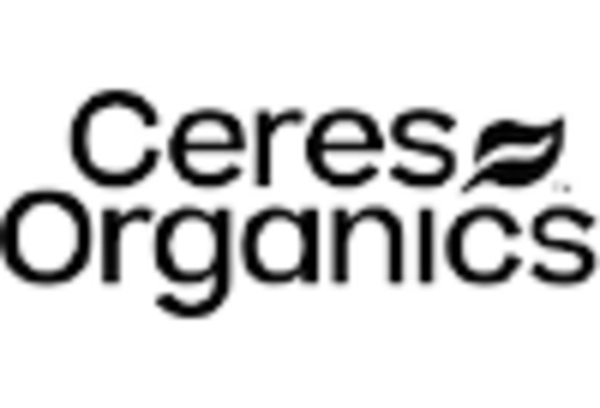
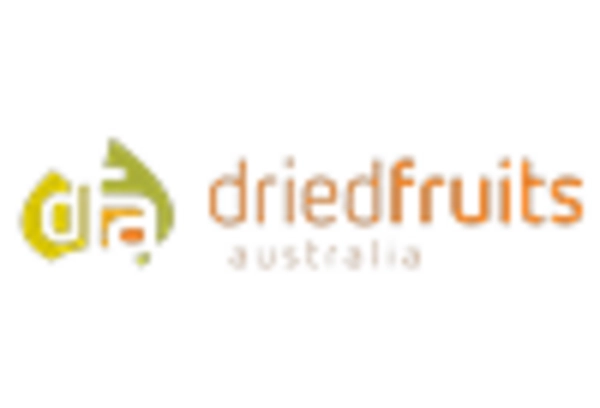
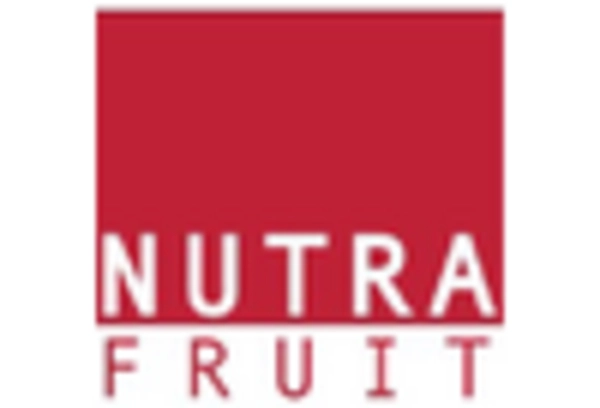
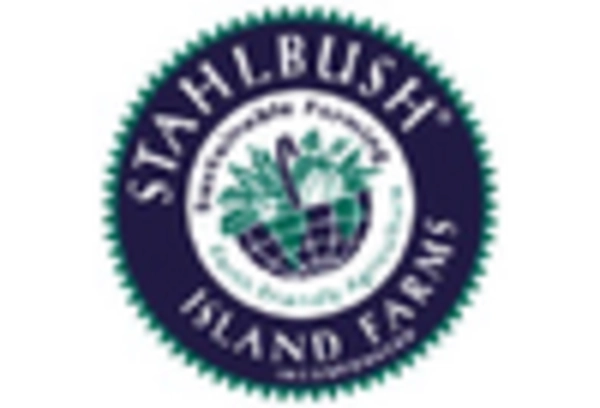
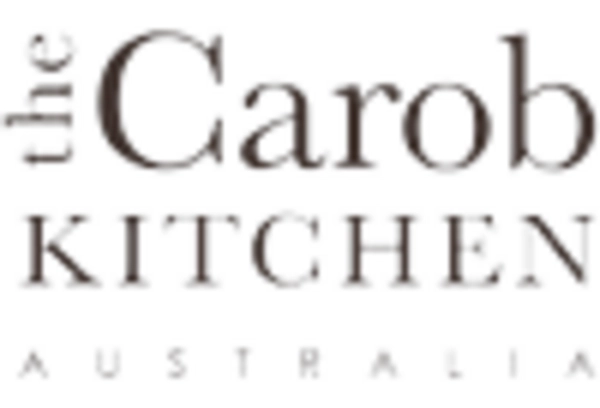








Leave a Comment